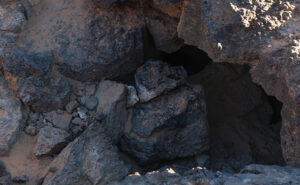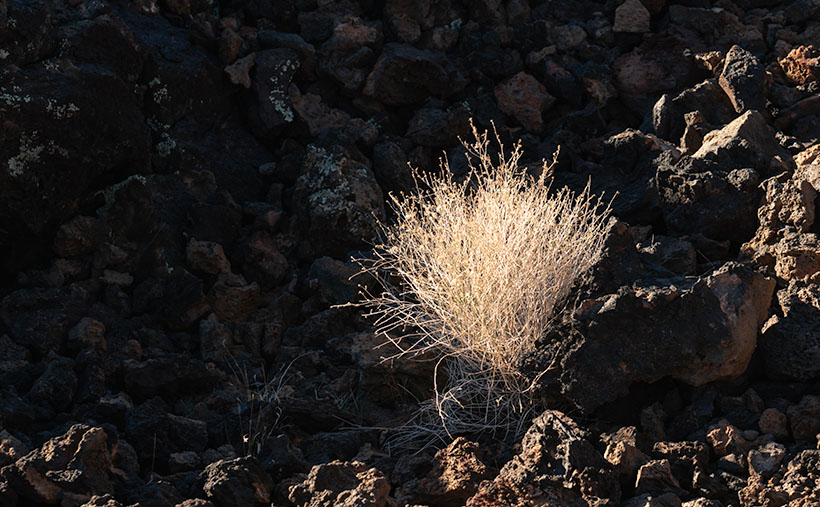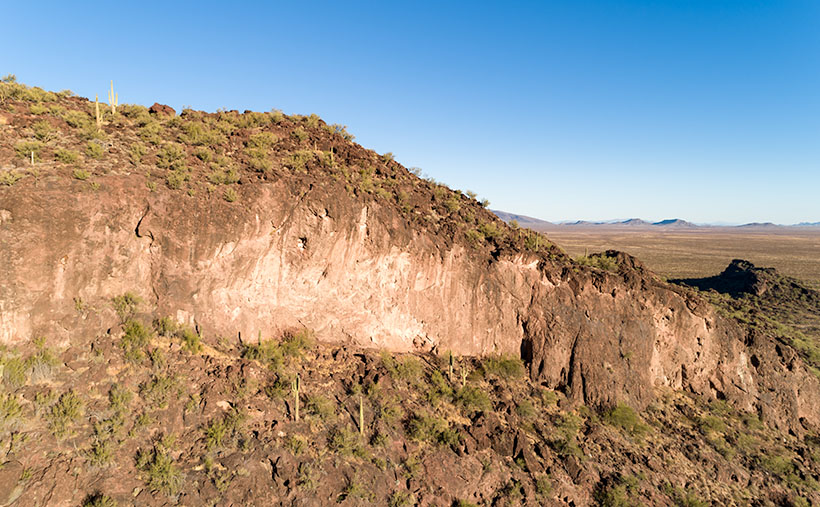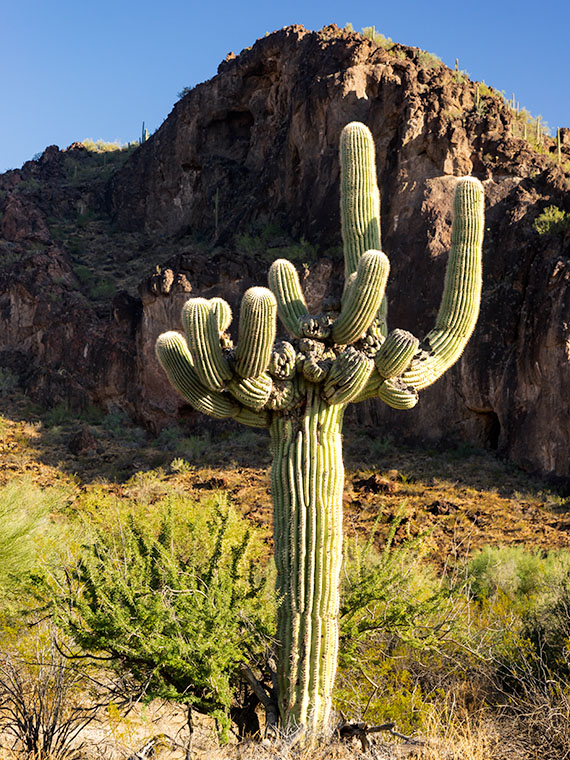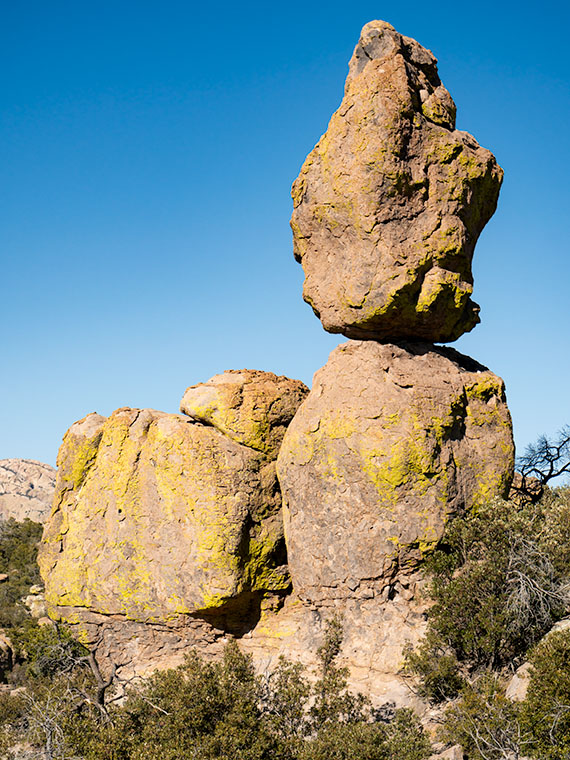
I love the park service’s pamphlets at the entrance gates. I collect them. In addition to a map, they show all the things to see and do inside the park. When I opened the one for Chiricahua National Monument and looked at all the trails, I thought it looked like a drunken pirate’s treasure map. There are trails on the straight and narrow; trials that go in circles, ones that climb mountains, while others descend into canyons.
Visitors don’t need to hike any of the trails. There are several parking areas where they can take in spectacular vistas. Heck, you don’t even need to get out of the car. However, if you want a genuine Chiricahua experience, you should venture out and walk among the formations. In the World of Rocks, features are hiding from the parking area. Even after all of my recent bellyaching about hiking, I found a short enough trail for me. It’s called the Grotto Trail, and it was pretty level and less than a mile round trip. I completed my tramp in less than 90 minutes, including my photography stops. Over the balance of this month, I will show you the trail’s highlights.
Do you remember several months ago when I wrote how the pixies build trail markers out of stacked rocks—called cairns? Well, there are no cairns in this monument. Using rock stacks to find your way through a park full of stacked rocks is useless. Cairns would be camouflaged. Instead, the WPA installed signposts at junctions and points along the way. How novel.
I found the balanced rock featured in this week’s post not far from the trailhead, so I shot it twice, once on the way out and again on my return. Calling the image Balanced Rock seemed dull because there are so many beside the trails. Then I’d have a series of photos named: balanced rock 1, balanced rock 2, etc. So, as I processed them, I tried to imagine what they resembled. If I close my left eye and stare at this image, it looks like a rabbit with his ears up and the face of Mr. Magoo. If I close my right eye, the image resembles a poorly crafted Easter Island statue.
Trying to decide, I stared at my computer and alternating eyelids when Queen Anne walked into the room, slapped me upside the head, and yelled, “Stop doing that. You’ll put your eye out, kid.” I was on the rabbit at the time, so that’s how it got its name—plus, I ate Stoned Rabbit at a fancy Italian restaurant once; it tasted like chicken.
You can see a larger version of Stoned Bunny on its Web Page by clicking here. Next week I’ll show you another shot that I took on the way to the Grotto. Be sure to come back and take part in the fun.
Till Next Time
jw

